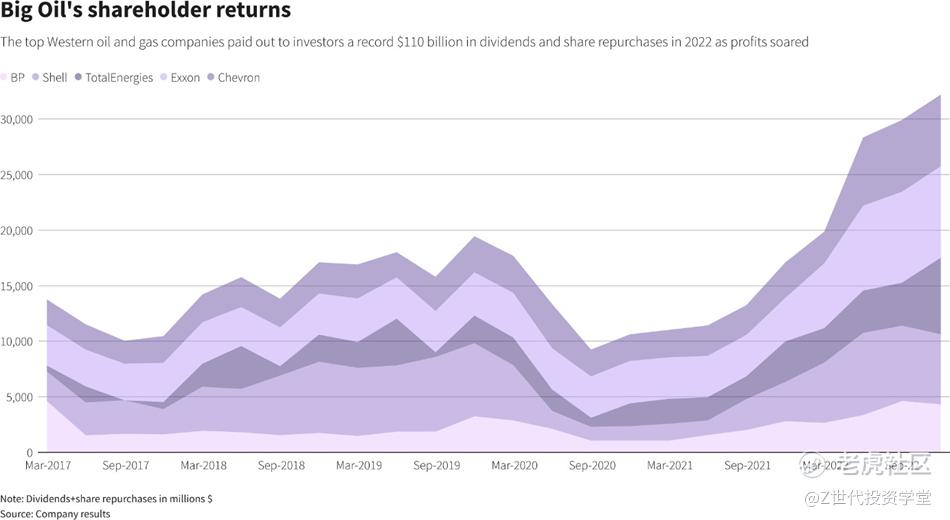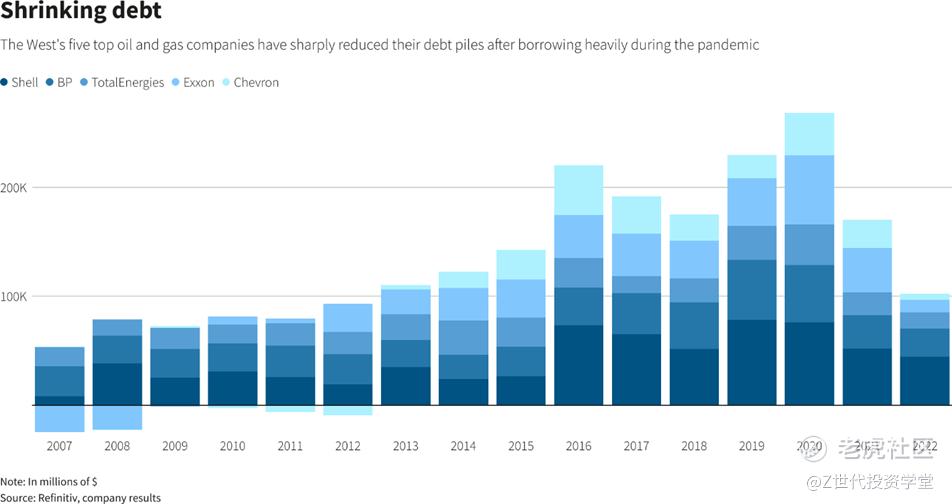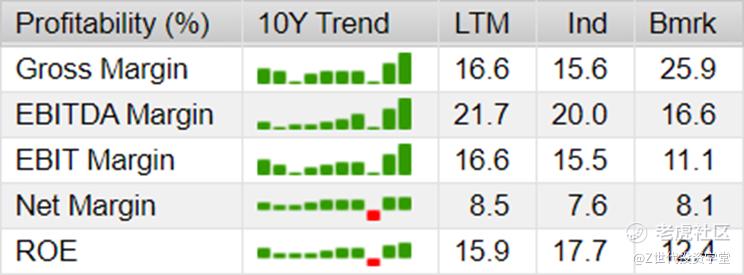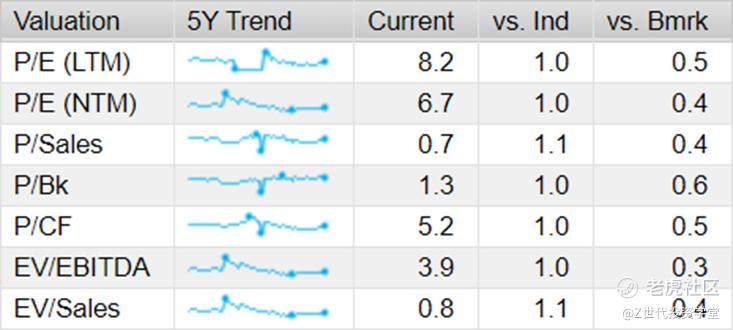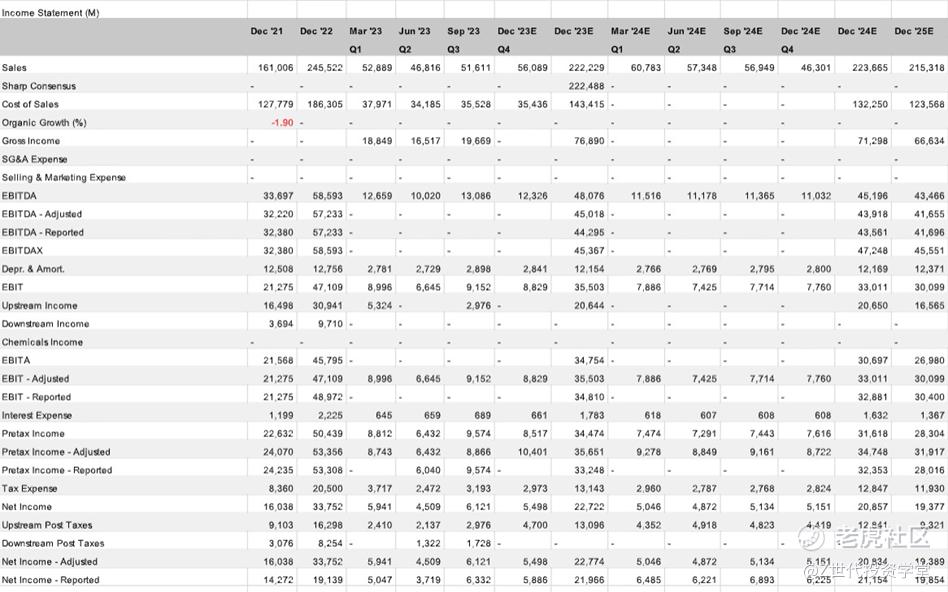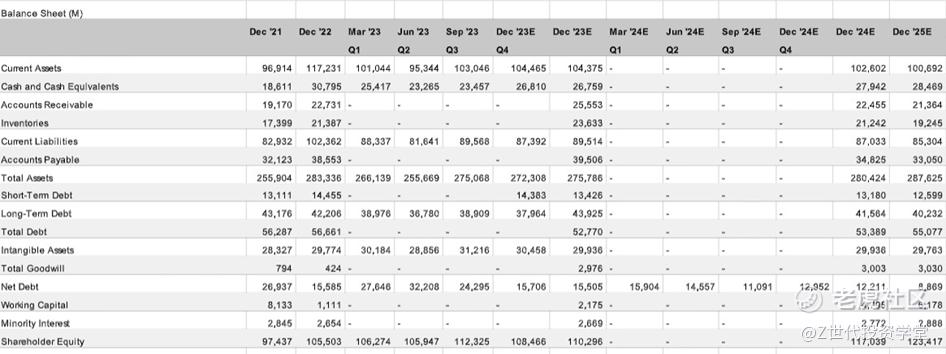Initial Report(part4): TotalEnergies (TTE) , 38% 5-yr Potential Upside (VIP SEA, Claire CONTRI )
5.2 Growth-Focused Strategic Acquisitions
TotalEnergies has a strong history of acquiring and integrating companies to improve its core business offerings. The acquisitions have helped it both deepen and widen its capabilities and expertise, allowing the company to grow and improve its competitive advantage. Indeed, TotalEnergies announced a series of acquisitions of startups aimed at accelerating the development of its electricity business and supporting its ambition to achieve net zero by 2050.
Each company participated in TotalEnergies’ On accelerator program, which is aimed at supporting the development of new companies in the electricity and renewable energy sector and targeting companies that offer solutions across the electricity value chain, focusing on digital solutions. The acquisitions include energy portfolio management SaaS platform Dsflow, a renewable project optimization software platform that provides NASH Renewables, and AI-driven predictive analytics company Predictive Layer. According to TotalEnergies, Dsflow will provide the company’s multi-site, electricity-intensive B2B customers with a real-time platform to pilot their assets and optimize their procurement strategy. At the same time, NASH Renewables is expected to enable TotalEnergies to improve profitability by factoring in the impact of the projects’ geographical specificities on the captured market prices. Moreover, the Predictive Layer will allow the company to enhance the performance of its trading operations by internalizing the startup’s machine learning and artificial intelligence solutions focused on energy price forecasting and other tailor-made forecast modeling of demand, supply, production, or non-commodity trading. Lastly, TotalEnergies is acquiring a majority stake in startup Time2plug, aimed at facilitating and accelerating the deployment of EV charging points in France for its small B2B customers. Time2plug offers a marketplace where customers can obtain instant quotes and tap into a certified in-house installer network.
Since its launch in May 2022, TotalEnergies On has supported 19 start-ups during two six-month sessions, and the program is currently welcoming its third cohort, composed of ten participants, each working on digital solutions relating to electricity ranging from renewable production and storage to distributed electricity management, trading, retail, and electric mobility.
5.3 Big Oil Doubles Profits and Lowers Debt
Big Oil more than doubled its profits in 2022 to $219 billion, smashing previous records in a year of volatile energy prices where Russia's invasion of Ukraine reshaped global energy markets and, in some cases, the industry's climate ambitions. The profit surge gave oil companies scope to increase spending on oil and gas projects and a chance for some to rethink energy transition strategies to meet new demands for supply security. Indeed, the combined $219 billion in profits allowed BP (BP.L), Chevron (CVX.N), Equinor (EQNR.OL), Exxon Mobil (XOM.N), Shell (SHEL.L) and TotalEnergies (TTEF.PA) to shower shareholders with cash.
Figure 6
The top Western oil companies paid out a record $110 billion in dividends. They shared repurchases with investors in 2022, spurring outraged calls on governments to impose windfall taxes on the industry to help consumers with surging energy costs.
Figure 7
In the case of TotalEnergies, the company bolstered its net profit to a record $20.5 billion (€19.1 billion) in 2022 and announced higher dividend payments for shareholders. The 28% gain from last year would have been much higher, save for the nearly $15 billion in charges linked to its leaving the Russian market, with adjusted profits excluding such exceptional items rising to $36.2 billion. Nevertheless, the surge in oil and natural gas prices following Russia's invasion of Ukraine and Western sanctions was a major boost for TotalEnergies, as it was for its rivals. The massive profits have sparked renewed debate about taxing windfall earnings to help fund measures to protect consumers from rampant inflation, including soaring energy prices. TotalEnergies' strong presence in the liquefied natural gas market also helped as European nations sought supplies from further afield after Russia cut supplies by pipeline. Indeed, TotalEnergies reported a 22% jump in LNG sales in the final three months of last year compared to the same period in 2021. That helped drive an 11% gain in overall adjusted profits for the quarter to $7.6 billion, though Russia-related charges reduced that to $3.3 billion on a net basis. The company increased final dividend payments for 2022 and said it could boost returns to shareholders even further this year.
Moreover, the sharp rise in oil and gas prices, leading to falling debt levels and the abrupt drop in Russian supplies to Europe also drove boards to increase spending on fossil fuel production as governments prioritized security of supply.
Figure 8
Therefore, considering the current economic scenario, having companies such as TotalEnergies in
one’s portfolio is a haven to ensure both economic return and stability.
Valuation
6.1 Financial Summary
Figure 9
In 2022, TotalEnergies’ adjusted net income was $36.2 billion. Among its main competitors, TotalEnergies surpassed BP ($2.3 billion), Eni ($13.8 billion), Equinor ($33.5 billion), and Chevron ($35.5 billion). Its return on equity (ROE) was equal to 32.5%, indicating that TotalEnergies is profitable and is efficient in converting its equity financing into profits. Regarding the return on capital employed (ROACE) of TotalEnergies, it equaled in 2022 at 28.2%. This means that the company can generate higher profits from its investments.
6.2 Stock Price Evolution
Figure 10
Regarding the stock price of TotalEnergies, we can observe that over the last months, the company has maintained a high and stable stock price and EPS, well above its main competitors (Equinor, Chevron, BP, and Shell). Indeed, TotalEnergies’ EPS growth has been 32.53% CAGR since last September 2022. As of its share price, it was 60.65 EUR on December 6, 2023. We expect the company’s stock price to reach 78.67 EUR in three years, indicating a 30% upside, and 83.85 EUR in five years, equaling a 38% upside.
6.3 Financial Ratios
As per TotalEnergies’ current financial profitability ratios, we can observe that the company has consistently outperformed its industry average, and for some ratios, outperformed its overall benchmark. For instance, TotalEnergies’ gross margin (16.6 vs 15.6), EBITDA margin (21.7 vs 20), EBIT margin (16.6 vs 15.5), and net margin (8.5 vs 7.6) have all been superior to the industry average. As for the ROE, the company did outperform its overall benchmark (15.9 vs 12.4) but not its industry average (15.9 vs 17.7). These numbers indicate that TotalEnergies possesses a solid financial record and is currently ranked as a top performer in its industry.
Figure 11
Furthermore, as per TotalEnergies’ valuation ratios, we can conclude that they have both outperformed its industry and benchmark average. Indeed, most ratios are thoroughly ahead such as the P/E ratio LTM (8.2 vs 1 vs 0.5), the P/Bk ratio (1.3 vs 1 vs 0.6), the P/CF ratio (5.2 vs 1 vs 0.5), and the EV/EBITDA ratio (3.9 vs 1 vs 0.3). However, for the company, only the P/Sales ratio (0.7 vs 1) and EV/Sales ratio (0.8 vs 1.1) are slightly lower than the industry average. These ratios indicate that TotalEnergies is strongly valued and performs well compared to its industry and benchmark.
Figure 12
6.4 Financial Forecasts
As per the financial forecasts, TotalEnergies is expected to grow in the coming years. As per its income statement, the forecasted numbers show that its sales are expected to grow in 2025, almost doubling its original figures of 2021 (161 vs 215). The same scenario for the company’s EBITDA, equaling 33. 697B EUR in 2021 and expected to reach 43.466B EUR in 2025. Lastly, TotalEnergies’ net income of 16.038B EUR is forecasted to reach 19.377B EUR in 2025. Thus, we can see that the company is growing at a stable and steady rate.
Figure 13
Moreover, TotalEnergies’ forecasted balance sheet also indicates growing figures. For instance, the company’s total assets are expected to reach 287.625B EUR in 2025, compared to its 2021 baseline (255.904B EUR). As per its net debt, TotalEnergies will be expected to drastically reduce its debt levels to 8.869B EUR in 2025 (vs 26.937B EUR in 2021). This indicates that the company has managed to both be profitable and rely on its internal assets to clear off its debt. Last but not least, TotalEnergies has proven once more its profitability by enabling its shareholders to increase their equity levels. Indeed, the company’s shareholders' equity was equal to 97.437B EUR and is forecasted to reach 2025 123.417B EUR, indicating that the company has enough assets to cover its liabilities and repay its shareholders in case of a liquidation.
Figure 14
The company’s cash flows (from operations and financing) are expected to increase in 2025. For instance, cash flow from operations is expected to grow from 26.518B EUR in 2021 to 33.018B EUR in 2025. The same scenario from the cash flow from financing (-22.234B EUR vs 14.547B EUR). This means that TotalEnergies is diversifying its cash flow drivers and earning more profit to retain it. However, only cash from investing is expected to lower to -16.248B EUR in 2025 compared to 2021 (-11.908B EUR). This could signify that significant cash is being invested in the company's long-term health, such as research and development.
Figure 15
Disclaimer: Investing carries risk. This is not financial advice. The above content should not be regarded as an offer, recommendation, or solicitation on acquiring or disposing of any financial products, any associated discussions, comments, or posts by author or other users should not be considered as such either. It is solely for general information purpose only, which does not consider your own investment objectives, financial situations or needs. TTM assumes no responsibility or warranty for the accuracy and completeness of the information, investors should do their own research and may seek professional advice before investing.




